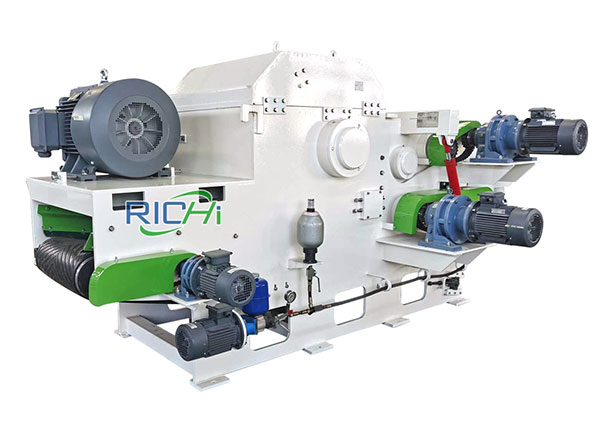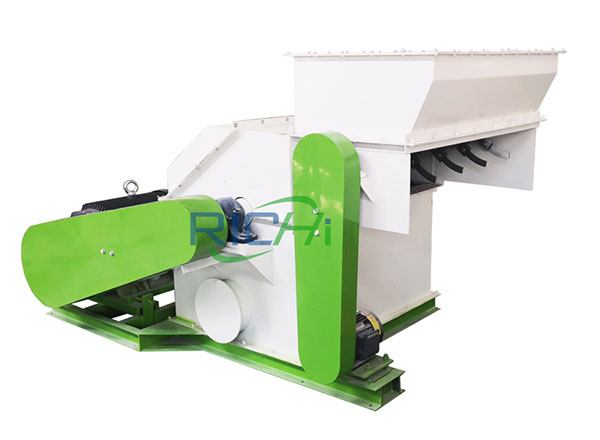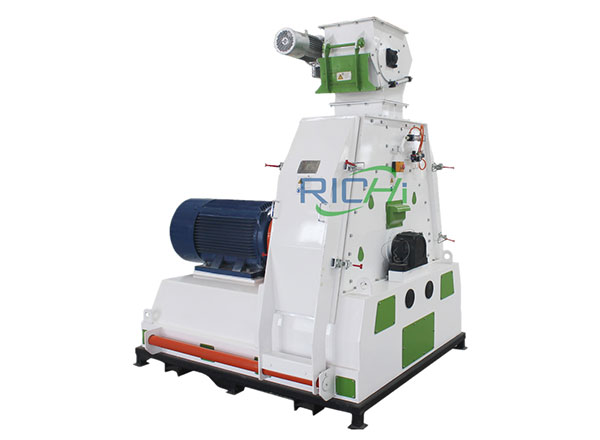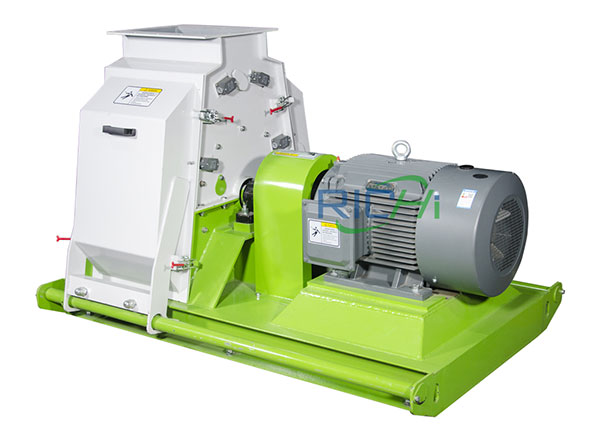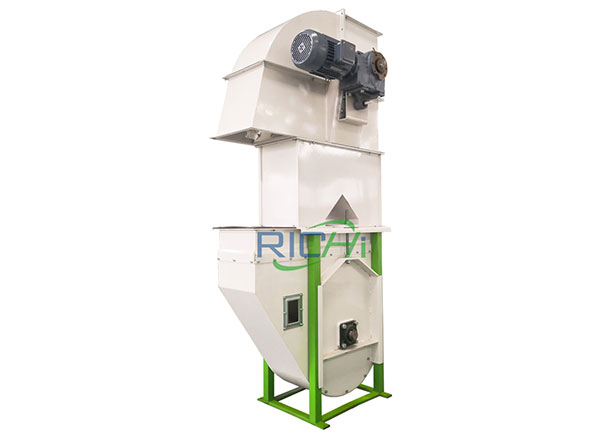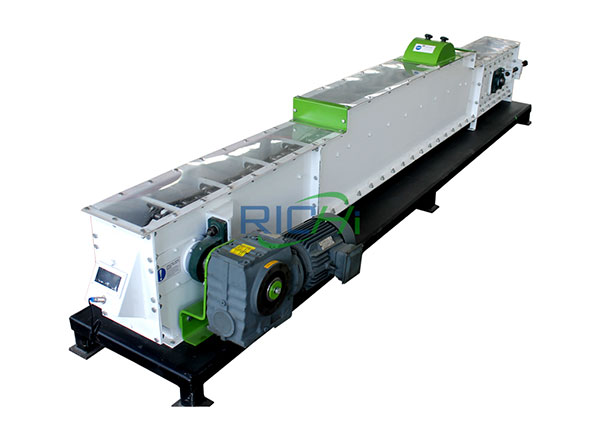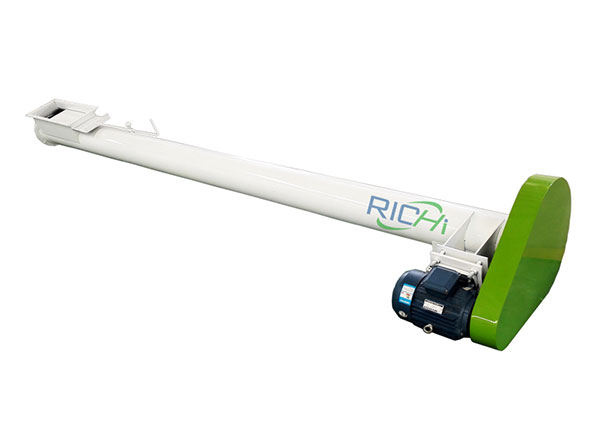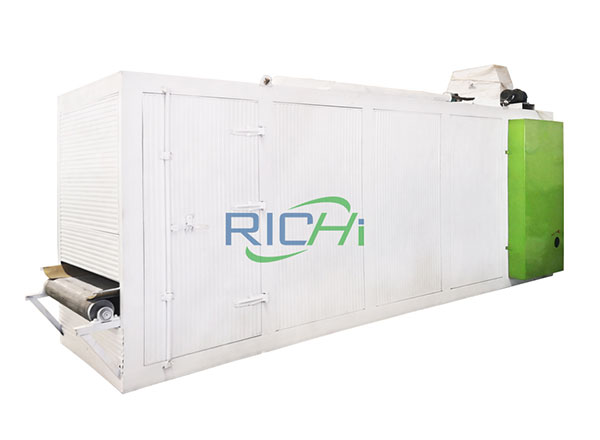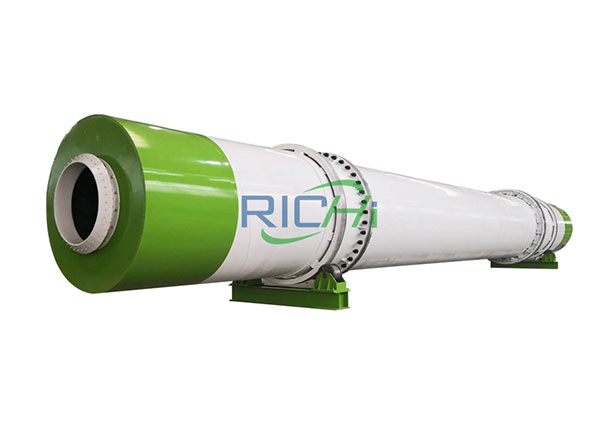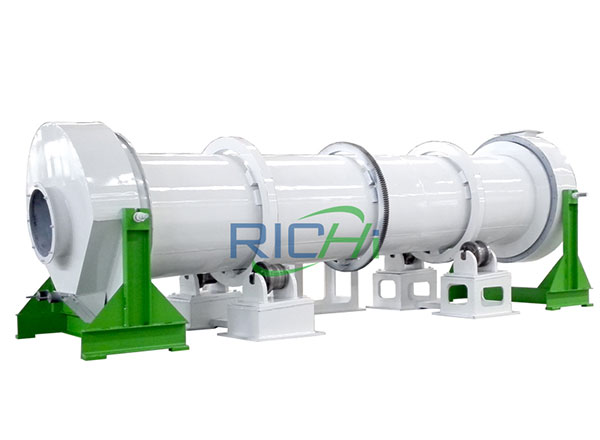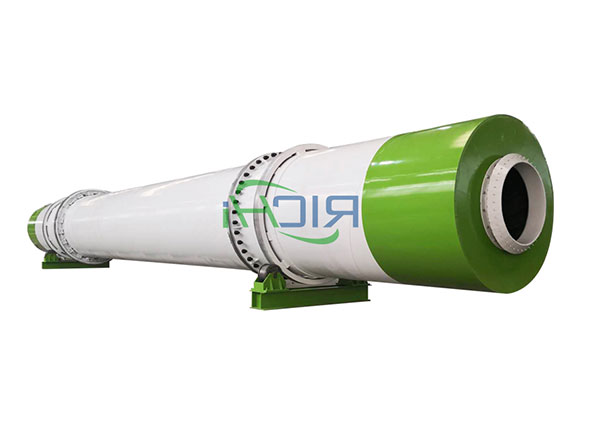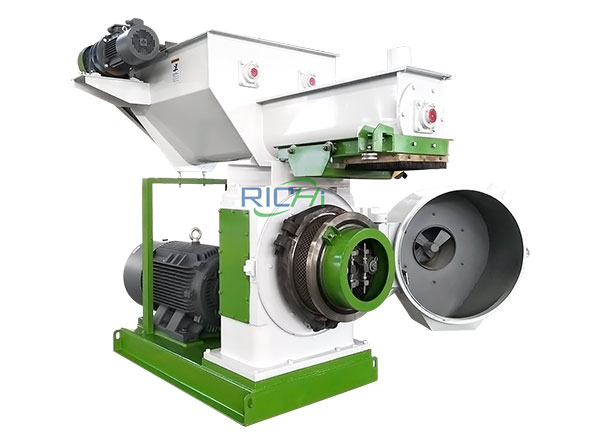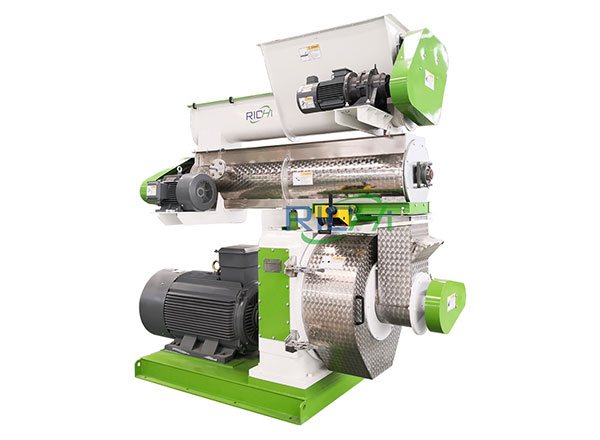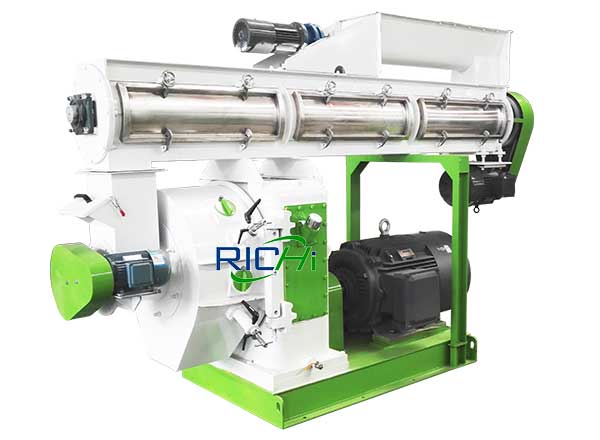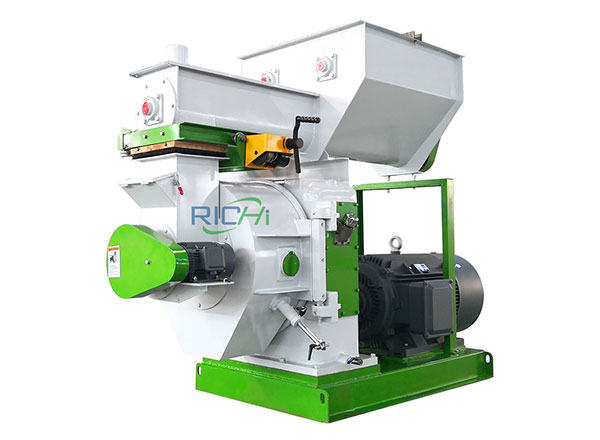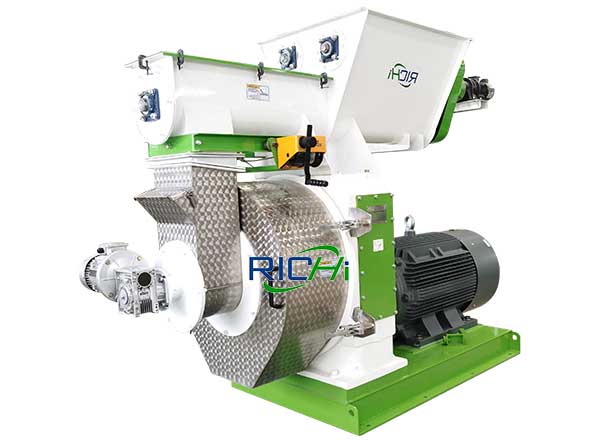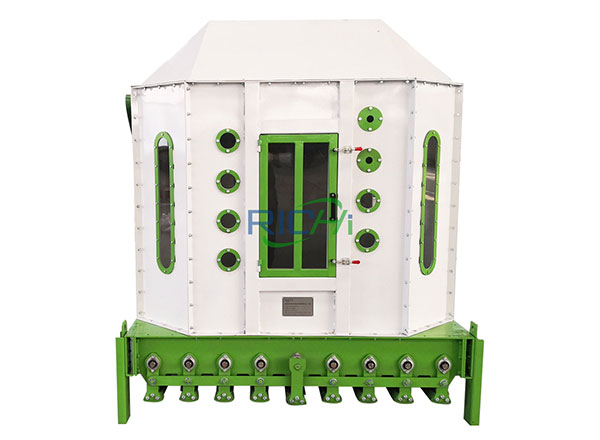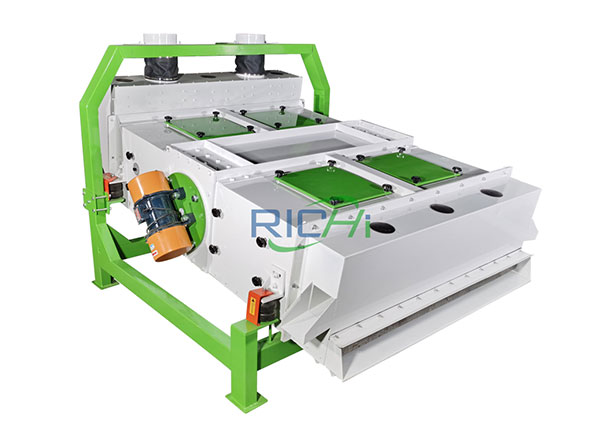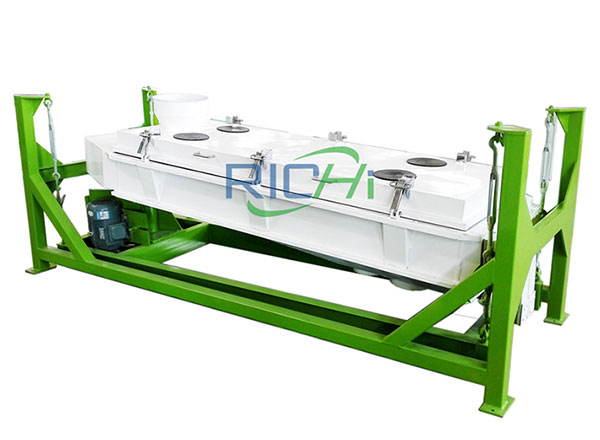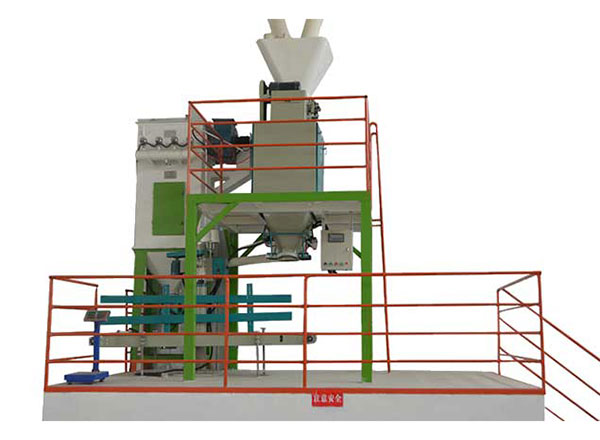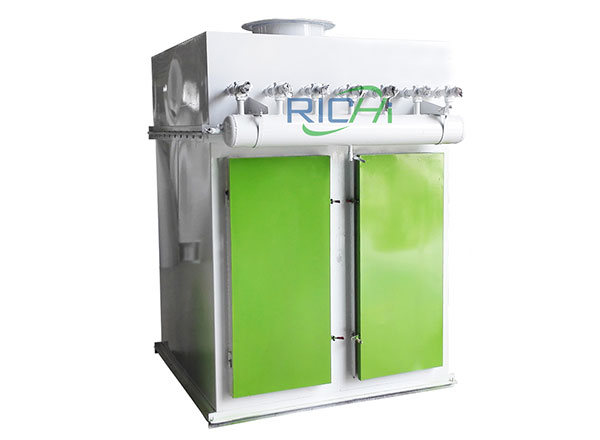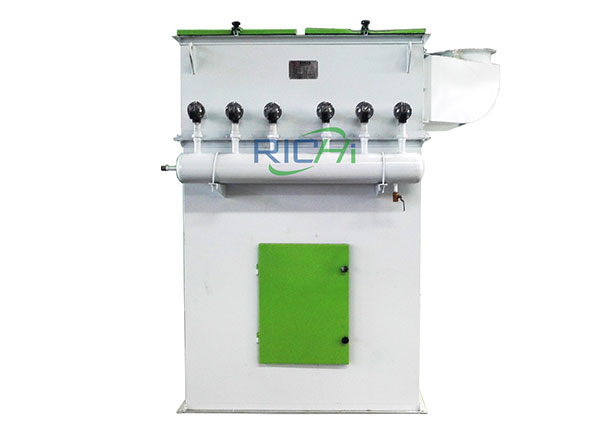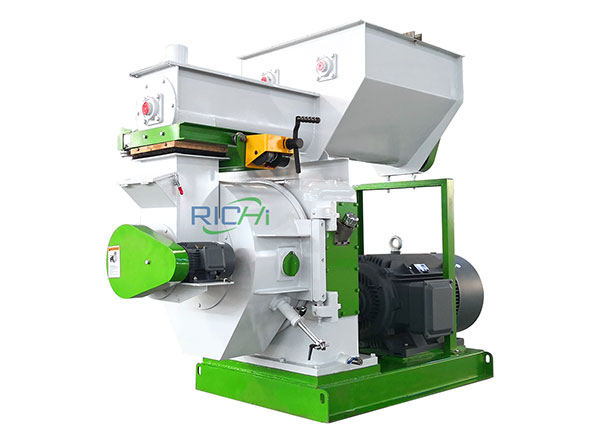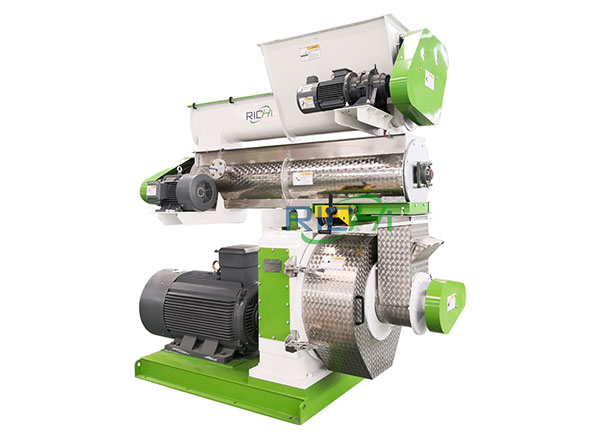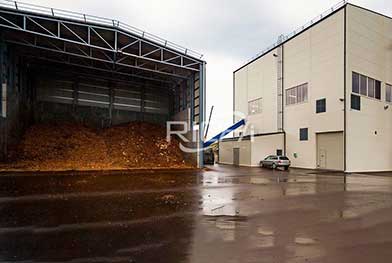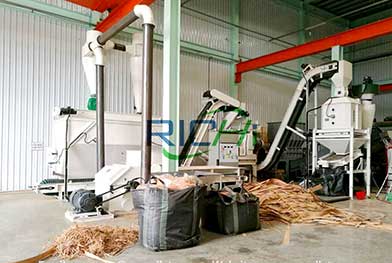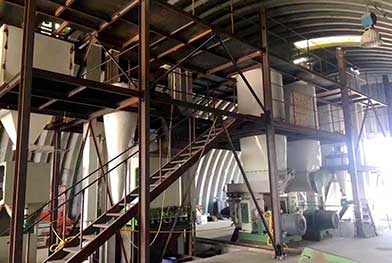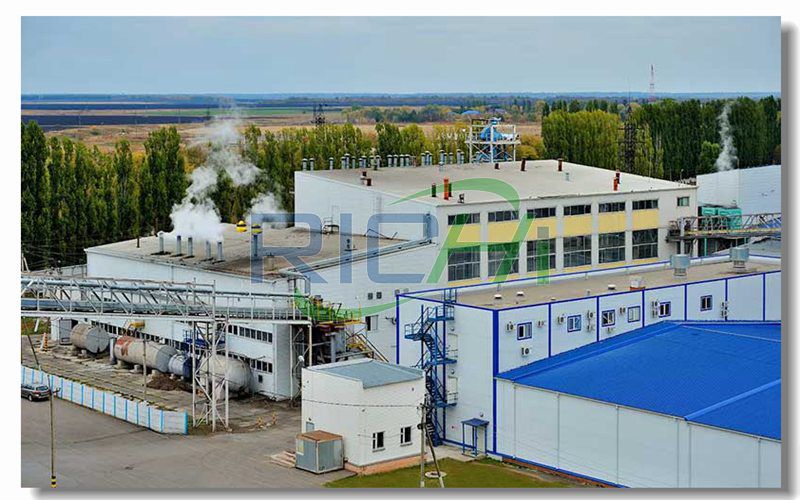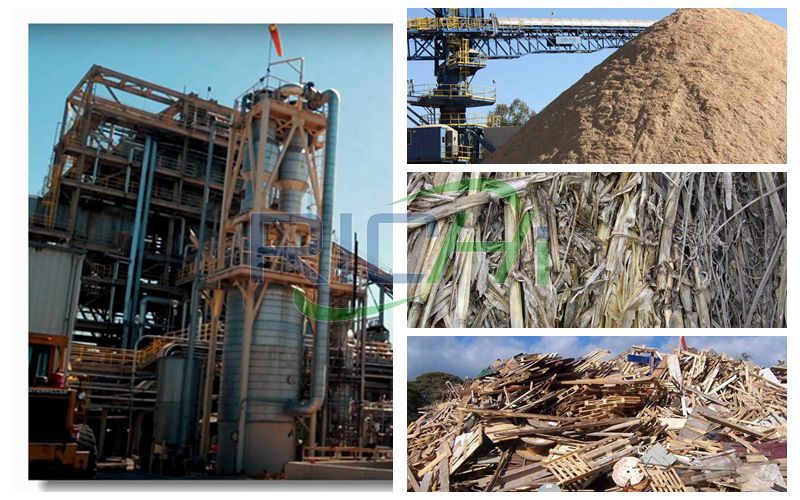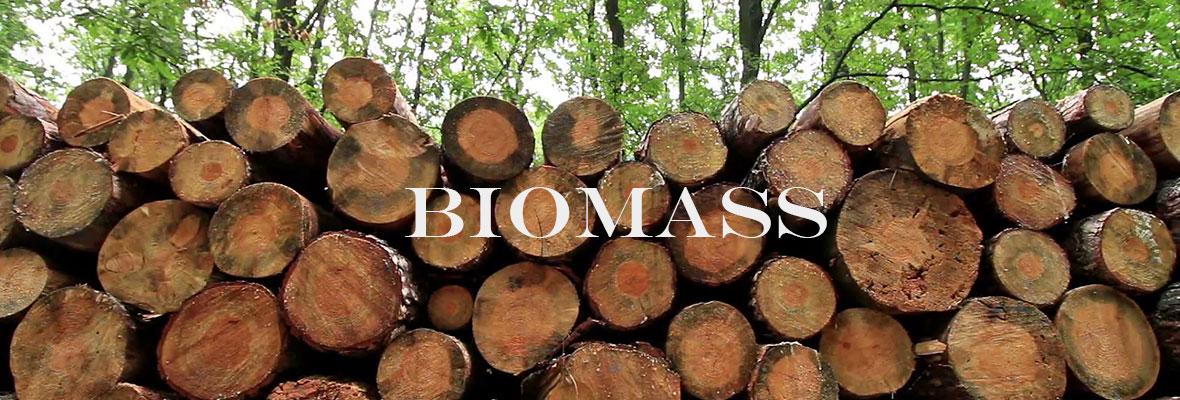
Biomass pellets are a popular type of biomass fuel, generally made from wood wastes, agricultural biomass, commercial grasses and forestry residues. In addition to savings in transportation and storage, pelletization of biomass facilitates easy and cost effective handling. Dense cubes pellets have the flowability characteristics similar to those of cereal grains. The regular geometry and small size of biomass pellets allow automatic feeding with very fine calibration. High density of pellets also permits compact storage and rational transport over long distance. Pellets are extremely dense and can be produced with a low moisture content that allows them to be burned with very high combustion efficiency.
Biomass pellet is one kind of biofuel resources. Biofuel or biomass energy, refers to renewable energy sources such as solar energy,wind energy,etc which can both generate heat or electricity for human life and produce little damage to the environment at the same time. Bio-pellets is commonly make by biomass pellet machine with the biomass materials. Before turning into pellets,a series of processes, including crushing to required size, reducing water content, pelletizing, cooling, packaging,are needed. After processing, the combustion and automation operation performance of biomass materials has been increased sharply. With features of high combustion value,uniform size, biofuel pellets have wide range application in boiler, stove, power plants, factories and household heating,etc. As the biomass energy is recognized by more and more people, bio-pellet shares an increasing percent in fuel market.That is to say, biomass pellet industry is a sunrise industry which is worth investing.
How to Make Biomass Pellets?
 Biomass Pellet Plant Production Line Flowchart
Biomass Pellet Plant Production Line Flowchart(1) Chipping: Use a chiper to cut the straw, branch materials, and large pieces that cannot be directly crushed into small pieces.
(2) Crushing: The agricultural and forestry waste is crushed by a crusher to make the particle size less than 5mm. The pulverizer is only equipped with a feed port and a discharge port. The feed port is closed after feeding to reduce dust escape. The discharge port is connected to a cyclone separator. The cyclone separator uses the principle of centrifugal force to separate the scraps, and the scraps are deposited in the dust collector , The gas is discharged through the material port, and the gas is discharged from the cyclone separator and then processed by the bag filter. All the collected dust is recycled to the production line.
(3) Drying: Some raw materials that account for 30% of the total have a moisture content of 55% (the data provided by the owner is between 50% and 60%, and this environmental assessment takes 55%), which does not meet the requirements of granulation Claim. These raw materials with excessive moisture content need to be dried to make the moisture content meet the granulation requirements (the moisture content is less than 13%), and the moisture content of the raw materials after drying is about 10%. The dryer of this project is equipped with a biomass burner, and the fuel is biomass pellets produced by the project.
(4) Conveying and feeding: the raw materials are sucked into the feed port of the granulator through the feeding auger.
(5) Granulation: the raw materials are fed into the pellet machine through the feeding auger, and the finished product is formed by extrusion molding. The extrusion process is a physical process without any adhesive and no chemical reaction occurs, except for the feeding auger connection The equipment is sealed at and outside the discharge port. This process mainly produces noise and high-temperature dust-containing waste gas;
(6) Lifting and conveying cooling: The pelletized biomass particles are naturally cooled by conveying, so that their temperature can reach the conditions of packaging and storage, and finally conveyed to the finished product warehouse. This process generates dust and noise.
(7) Packing: The compressed hot particles pass through the screening at the end of the conveyor belt, and the qualified biomass particles fall into the finished product warehouse. The bottom of the finished product warehouse is a funnel-shaped discharge port. The finished product can be directly dropped into the packaging bag. After the machine is packaged, it can be stacked for sale. After molding, the biomass particles have been compacted and dense, and there is basically no dust during the bagging process. The unqualified products are discharged and collected and then returned to the granulation process.
Advantages of Sawdust Pellets
- Independent: the price of coal, oil and gas are controlled by the government, especially in these days when fossil fuels are decreasing, no one can assure the stability of their prices. However, the cost of pellets can be controlled by us.
- High calorific value and cost-effective: the calorific value of biomass pellets is 17MJ/kg, which is cost-effective regarding its much lower price.
- High efficient: in current time, the pellet burning system is more advanced than before with high efficiency and minimal emission.
- Environmentally friendly: biomass pellets are carbon neutral, which means they only emit the amount of CO2 they absorbed during growth. They do not release other air polluting gases into the air.
- Clean and easy to use: pellets are relatively cleaner and safer compared to coal. They do not release air polluting gases as sulfur oxide. Also, the transportation and storage of biomass pellets are easy.
- Renewable: different from fossil fuels such as coal and natural gas which is expendable (formed in a very long time), biomass pellets are renewable, because plants grow every year, and we can have endless supply of biomass materials.
Biomass Pellets Application
- building heating: Biomass pellets can be used in a pellet stove or furnace to heating room at school, hospital, marketplace, company, etc. Cooking with biomass pellets is also available.
- industrial boiler: Bio-pellets can partly(or entirely) replace coal or fossil fuel in co-firing heating for large-scale industrial operation to reduce the energy cost.
- power plants :Biomass pellets can be used in power plants to solve the problem of insufficient power supply.
- animal bedding:Bio-pellets made of softwood is a kind of slap-up animal bedding to raising animal experience.
Investment Guide
We provide customers with cost-effective solutions that are reliable, professional, affordable and add value to their businesses.



